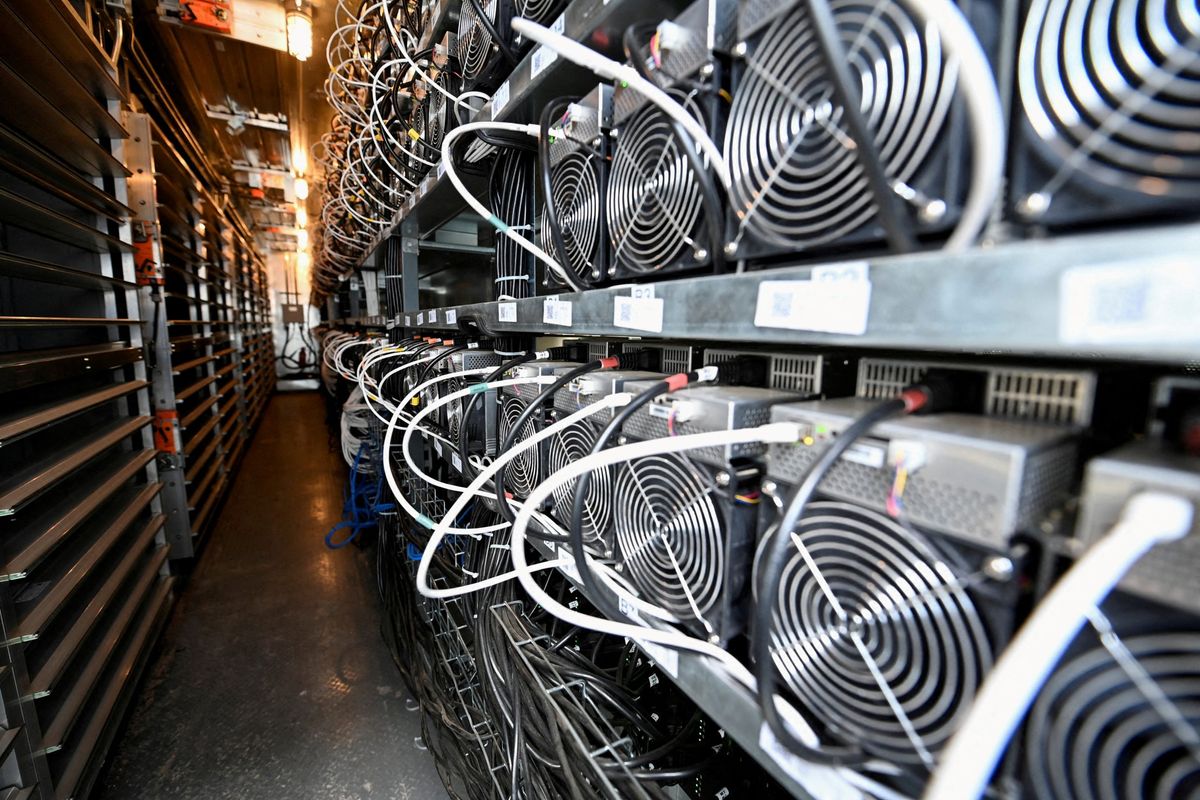What you need to know about Terra’s UST crash

A few minutes every morning is all you need.
Stay up to date on the world's Headlines and Human Stories. It's fun, it's factual, it's fluff-free.
Can you really brand a currency as “stable” if it can still drop 80% to hit a market low within two days? Well, apparently, you can. That’s exactly what happened with TerraUSD (UST), a stablecoin offshoot of a different cryptocurrency called Terra (LUNA), which, by the way, also lost 98% of its value in the past two days.
The point of a stablecoin is that it’s pegged to a specific currency, in this case, the US dollar. But because it does this through some fancy algorithms, trader incentives and a little bit of luck, it can always collapse, causing investors to jump ship and make things even worse.
The whole purpose of UST is that you can stay within the ecosystem and not have to worry about coin values wildly fluctuating. Only a month ago, things were looking great. But now, not so much. Now Terra’s main backer is trying to raise US$1.5 billion to replenish the token’s liquidity after it, pretty suddenly and to many people’s surprise, virtually disappeared from buying books. It could take days, if not weeks, for UST to re-peg to the value of USD.
Key comments:
“Once liquidity evaporated, this perpetuated the collapse of the stablecoin,” said Clara Medalie, research director at Kaiko, in an email. For the currency to go back up to US$1 per coin, users would have to buy every last coin, which isn’t exactly likely. “This morning, there is virtually nothing left.”
“Many people were caught off guard,” said Nikita Fadeev, a partner and head of crypto fund Fasanara Digital. “It will get worse before it will get better – way too much UST is looking to exit, and the death spiral is very reflexive at these levels. It’s a long road ahead.”







Comments ()